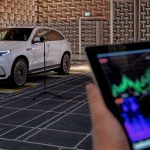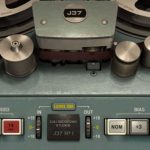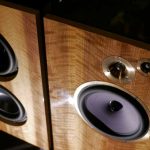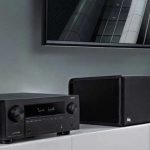Why do some electric vehicles have artificial sound?

Car companies have often used sound to improve the personality of a car and to improve the perception of its efficiency. An efficient acoustic signature announces the car long before arriving, and enthusiasts can detect a car’s architecture — and even the year it was designed — based on its engine’s distant rumble.
Electric cars are very quiet. The only noises they make are from the tires, the breeze and even the electronics’ whine. Car lovers like silence very much. Pedestrians have mixed sentiments, but the blind are very concerned. After all, they cross the roads by relying on vehicle sounds. That’s how they know when crossing is secure. And what is true for the blind may also be true for anyone who is distracted on the street. If the cars don’t sound, they will kill and that is what the electric vehicles reasons of having artificial sound.
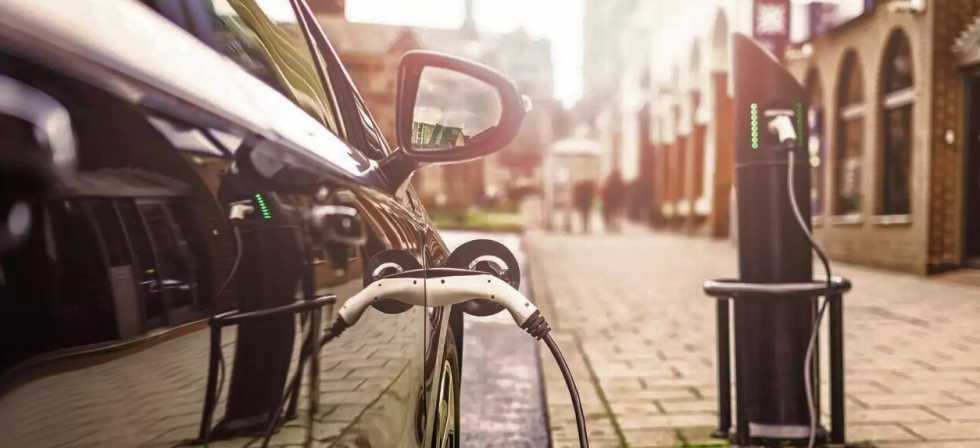
It’s not a new idea to add sound to a car to alert pedestrians. Company trucks and construction vehicles had to make noises when backed up for several years. Horns are supposedly required by law to warn the drivers and other drivers when they need to, but they are also used as a means to vent anger and rage. But adding a constant having artificial sound by electric vehicles is a challenge because otherwise it would be too quiet.
The marketing divisions of automotive manufacturers thought it would be a great opportunity for branding with the addition of artificial sounds so that every car brand or model would have its own unique sound which only captured the brand’s personality. Porsche has attached loudspeakers to his concept electric car to give him the same throat as his fuel-powered vehicles. Nissan asked whether a hybrid car sounded like tweeting birds. Some companies thought that all cars could sound the same, with uniform sound levels, making convenient for everybody to assess how to interpret them.
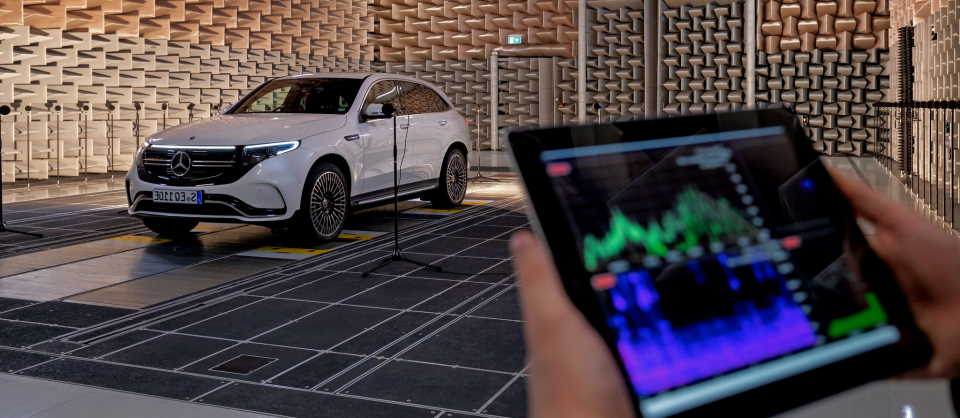
When determining what the new silent cars should produce, those who wanted distinction ruled the day but everybody decided that there must be some standards. It should be possible to distinguish the location, direction and speed of the sound from the vehicle. No sound would be required if the car was running fast enough, partly because tire noise is enough. Some standardization, but with a lot of leeway is required.

